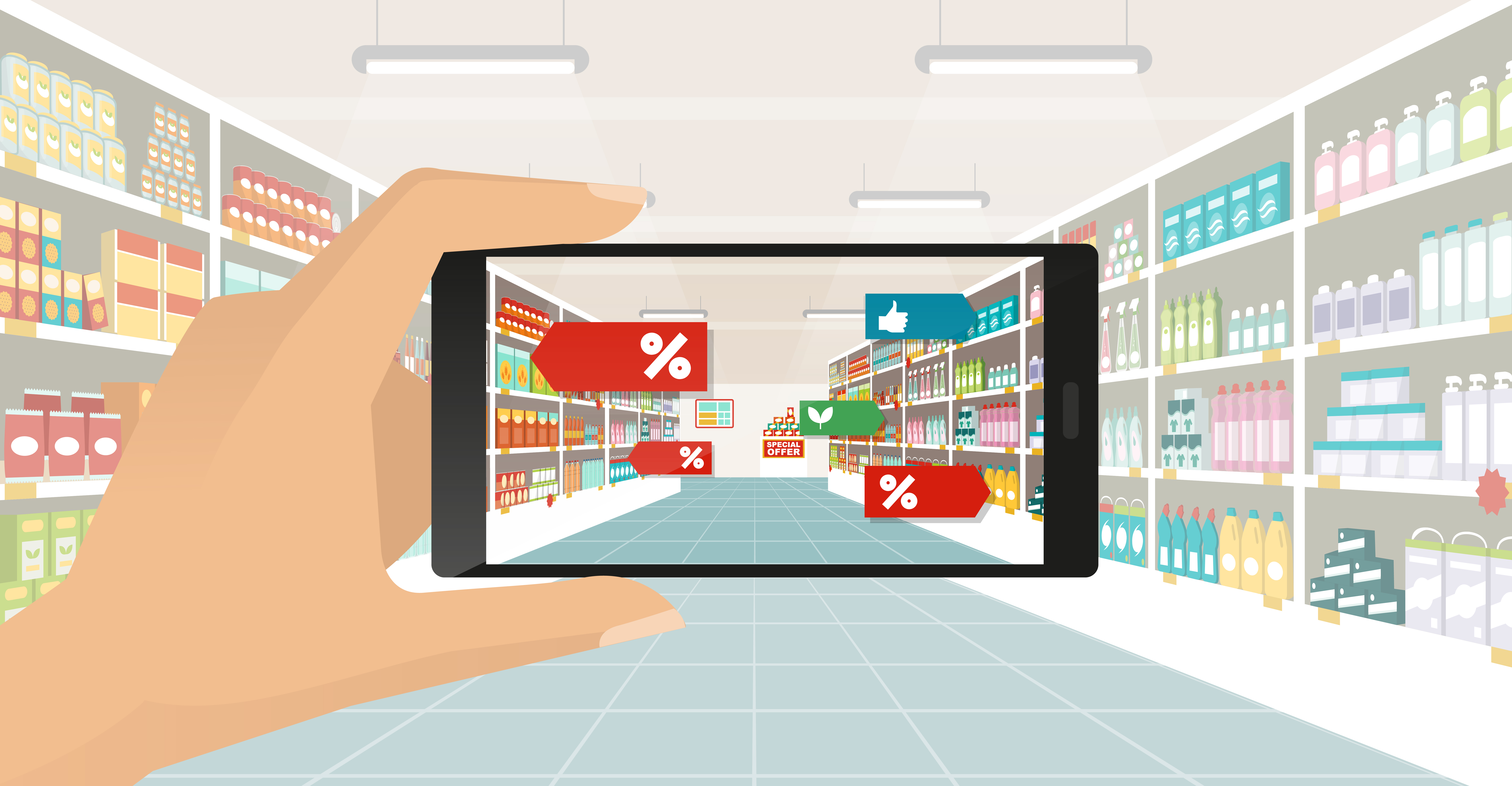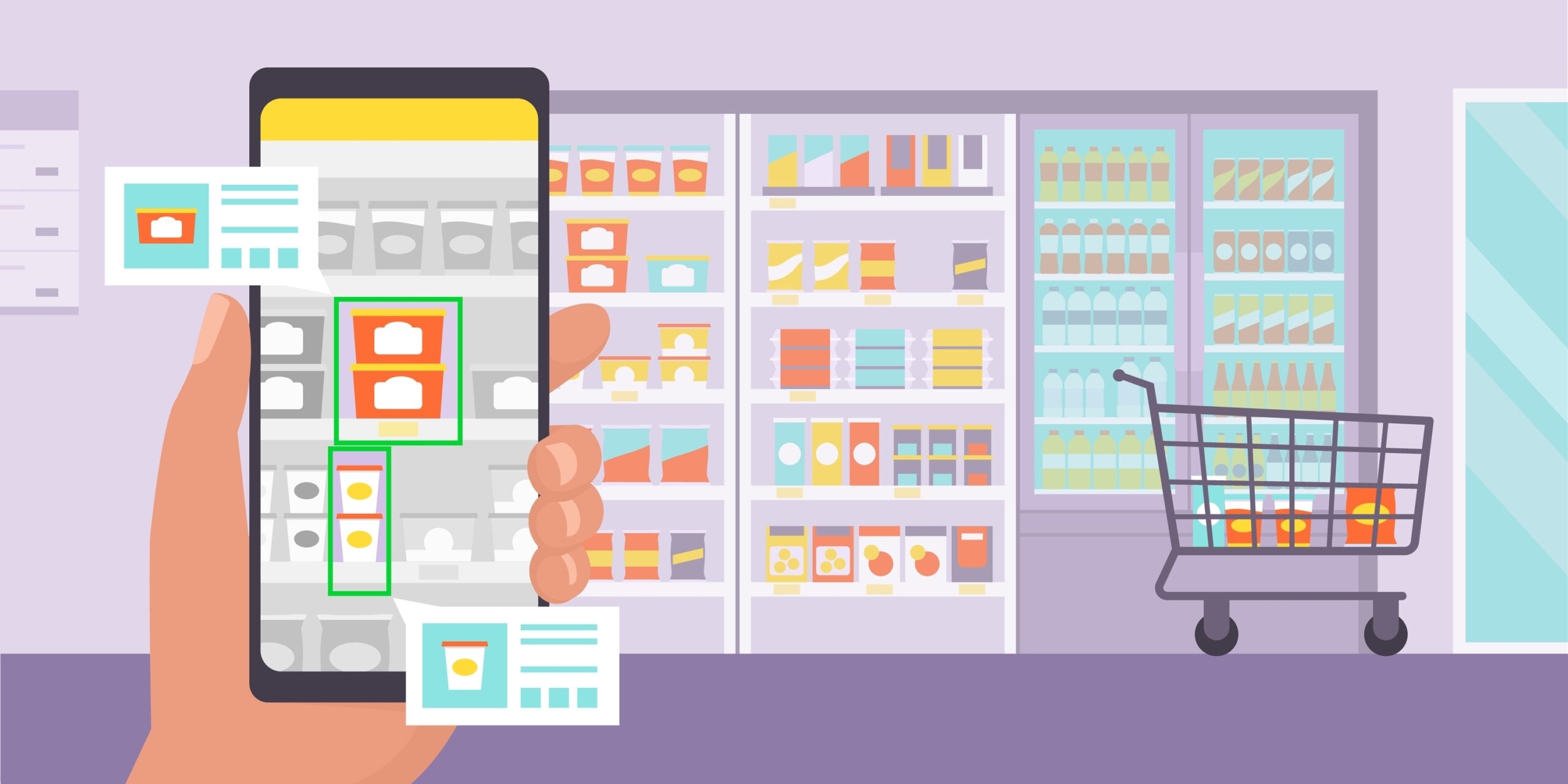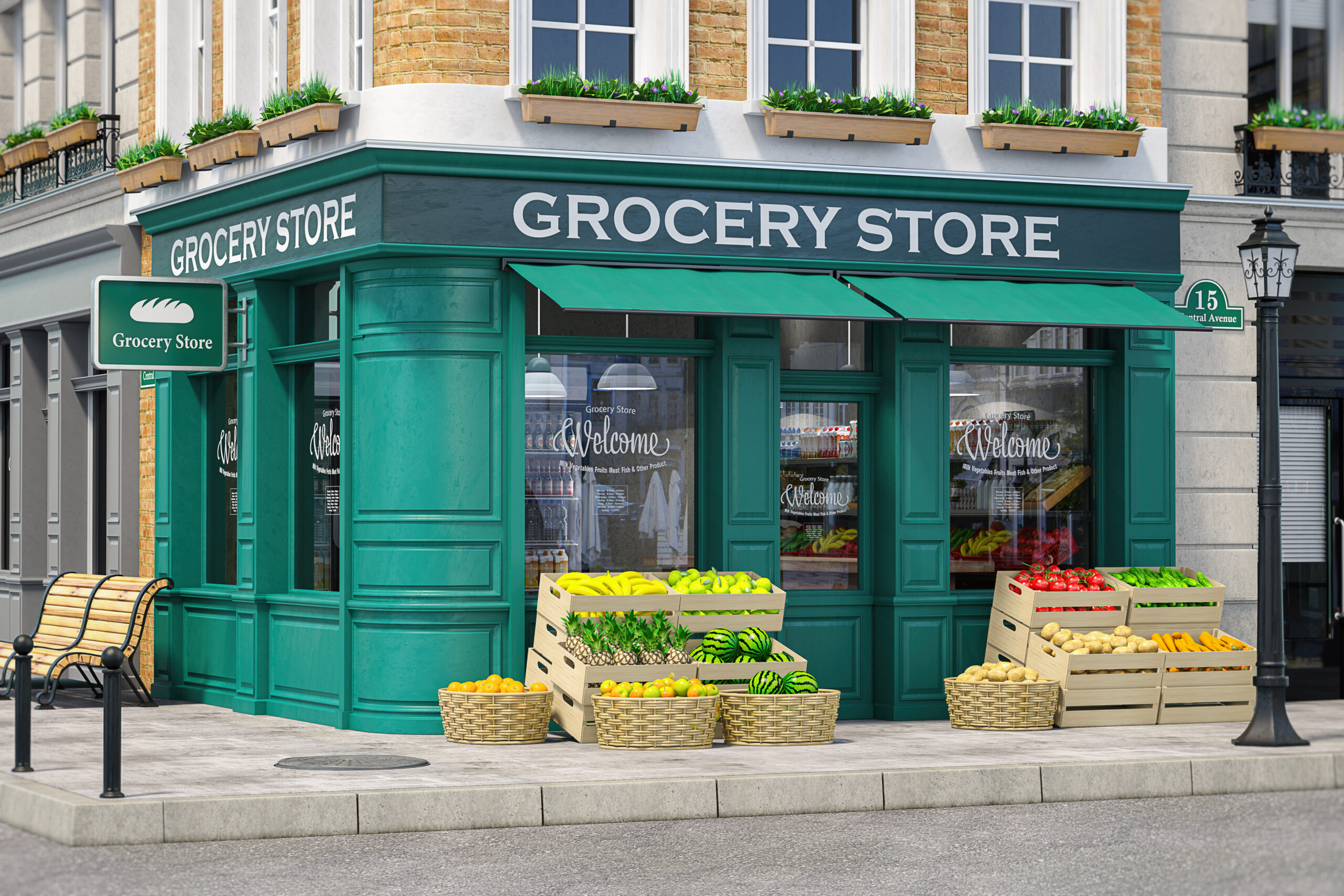In retail, staying ahead of the curve is essential for businesses striving to capture consumer attention and drive sales. One technology that is revolutionizing the retail experience is extended reality (XR), encompassing virtual reality (VR), augmented reality (AR), and mixed reality (MR). By integrating XR solutions into their operations, retailers can unlock many benefits that enhance customer engagement, streamline operations, and ultimately boost their bottom line. In this blog post, we’ll explore 8 key advantages of leveraging extended reality in retail, from creating immersive shopping experiences to reducing return rates and beyond. Whether you’re a brick-and-mortar store looking to innovate or an e-commerce giant seeking to enhance the online shopping journey, the potential of XR in retail is boundless, and the benefits are plentiful.
What is Extended Reality?
When it comes to extended reality, most people think of VR headsets used to transport them to virtual worlds for gaming and beyond. And although XR can be used for that, extended reality–or extended reality technology–is an umbrella term that encompasses various immersive technologies, including virtual reality (VR), augmented reality (AR), and mixed reality (MR). At its core, XR extends the boundaries of traditional reality by blending the physical and digital worlds, creating interactive and immersive experiences for users.
Virtual reality transports users to entirely virtual environments, where they can explore and interact with digital content in a simulated reality. Augmented reality overlays digital elements onto the real world, enhancing the user’s perception of their environment by adding computer-generated imagery or information. Mixed reality combines elements of both VR and AR, enabling users to interact with digital content while still being aware of and able to interact with their physical surroundings. Together, these technologies offer a spectrum of possibilities for entertainment, education, training, visualization, and more, revolutionizing industries ranging from gaming and entertainment to healthcare, education, and retail.
XR in Retail
Extended reality solutions are swiftly gaining momentum in the retail sector as businesses recognize its potential to transform the shopping experience. One prominent application of XR in retail is through virtual reality (VR) and augmented reality (AR), using 3D models that offer immersive and interactive shopping experiences. Retailers utilize VR to simulate real-world environments and transport customers to virtual showrooms or stores, where they can explore products in visually stunning and lifelike environments. AR, on the other hand, allows customers to overlay digital information or virtual objects onto the real world, enabling them to visualize products within their real-life surroundings before purchase. These XR experiences not only enhance customer engagement and increase dwell time but also foster a deeper emotional connection with brands and products, ultimately driving sales and loyalty.
The rise of XR in retail can be attributed to several factors. Firstly, advancements in technology have made XR more accessible and affordable, facilitating its adoption by retailers of all sizes as part of their digital transformation journey. Additionally, changing consumer preferences and expectations have fueled demand for personalized and interactive shopping experiences, driving the need for XR solutions. Furthermore, the COVID-19 pandemic accelerated the adoption of XR in retail as businesses sought alternative ways to engage with customers amidst restrictions on physical retail spaces. With XR offering a compelling blend of innovation, engagement, and convenience, its presence in the retail landscape is poised to continue expanding in the years to come, offering various use cases, functionalities, and immersive learning experiences within virtual spaces and the emerging metaverse.
8 Benefits of Extended Reality in Retail
Let’s take a look at the top 8 benefits of extended reality in retail:
#1 Enhanced Customer Experience
Using XR applications in retail offers significant benefits to enhance the shopper experience in two distinct ways.
Firstly, on the backend, XR technology enables the utilization of advanced retail planning tools. These tools leverage augmented reality (AR) and virtual reality (VR) to streamline store layouts and improve navigation. By employing XR-enhanced planning tools, retailers can optimize store layouts, ensuring that products are strategically placed for maximum visibility and accessibility. Additionally, these tools can provide data on foot traffic patterns and customer behavior, allowing retailers to make informed decisions to enhance the overall shopping experience. With XR technology, finding items within the store becomes easier, and navigating the store becomes more intuitive, ultimately improving customer satisfaction.
Secondly, XR technologies such as VR and AR create immersive shopping experiences for customers. Through VR and AR applications, customers can interact with products in a virtual environment before making a purchase decision. For example, AR applications can overlay digital information onto physical products, providing customers with additional details such as product specifications, reviews, and pricing. VR experiences can transport customers into simulated environments where they can visualize how products will look and feel in real-world settings. By leveraging XR technologies, retailers can offer personalized and engaging shopping experiences that resonate with customers, ultimately driving sales and fostering brand loyalty.
#2 Increased Sales
Integrating XR technology into retail operations can significantly boost sales through data-driven decision-making and optimal shelf placement strategies. By leveraging XR applications, brands gain access to invaluable insights derived from real-time data analytics and consumer behavior patterns. This data-driven approach enables teams to make informed decisions regarding product assortment, pricing strategies, and promotional activities. Additionally, XR technology facilitates the creation of immersive virtual environments where brands can experiment with various shelf layouts and product placements.
Through digital twins, brands retailers can identify the most effective shelf configurations that maximize product visibility and consumer engagement. By strategically placing products in high-traffic areas within the virtual environment, these teams can increase the likelihood of impulse purchases and drive overall sales. Furthermore, XR technology allows for dynamic shelf optimization, enabling brands to adapt quickly to changing market trends and consumer preferences. Ultimately, the combination of data-driven decision-making and optimal shelf placement facilitated by XR technology provides retailers with a powerful tool to enhance sales performance and drive business growth in the competitive retail landscape.
# 3 Cost Savings
The integration of extended reality (XR) solutions in retail operations offers substantial cost savings by reducing the need for manual labor associated with finding the optimal product arrangement and building planograms. Through XR technologies such as virtual showrooms and augmented reality displays, retailers can streamline the process of creating and refining product layouts, eliminating the need for repetitive physical rearrangements. This reduction in manual labor translates to significant savings in labor costs and time.
For instance, instead of spending hours manually rearranging shelves and displays to find the most effective layout, retailers can use XR-enabled tools to visualize and test different arrangements virtually, ensuring they get it right the first time. Additionally, augmented reality displays allow retail execution teams to showcase products in-store without the need for physical samples, further reducing labor-intensive tasks like setting up and maintaining physical displays. By embracing XR solutions, brands can optimize resource allocation, reduce labor costs, and achieve greater efficiency in their operations while enhancing the overall shopping experience for customers.
#4 Increased Product Visibility and Engagement
Leveraging augmented reality (AR) technology to validate product placement within a store can significantly enhance customer engagement, thereby increasing the likelihood of purchase and boosting brand awareness. AR solutions offer brands a powerful tool to execute and validate store planning strategies efficiently.
For example, imagine a brand within a grocery store retailer using AR technology to optimize an in-store display. With advanced visualization capabilities, brands seamlessly integrate virtual representations of planograms and store layouts within the physical environment, captivating customers with immersive presentations. This immersive experience not only captures attention but also extends customer engagement, allowing them to interact with the product virtually before making a purchase decision. By providing real-time insights into the effectiveness of various placement strategies, including product placement and signage configurations, AR technology enables brands to make swift adjustments to optimize sales performance. Consequently, utilizing AR for on-site validation not only enhances speed and efficiency in decision-making but also elevates customer engagement, ultimately leading to increased brand awareness and a higher likelihood of purchase.
#5 Competitive Advantage
XR technology offers retailers a multifaceted approach to gaining a competitive advantage in today’s crowded market landscape. By harnessing the power of AI, XR enables retailers to predict consumer behavior with unprecedented accuracy, providing invaluable insights into purchasing patterns and preferences. This predictive capability allows retailers to anticipate demand, optimize inventory levels, and tailor marketing strategies to target specific consumer segments effectively. Additionally, XR facilitates optimal shelf placement and store layouts by allowing retailers to visualize and experiment with different configurations in virtual environments.
With XR, retailers can confidently select the most effective placement strategies the first time, minimizing the need for costly trial-and-error approaches. By leveraging XR technology to enhance predictive analytics and optimize store layouts, retailers and brands can differentiate themselves in the market, delivering personalized experiences that resonate with customers and drive sales.
#6 Virtual Try-Ons
Virtual try-ons revolutionize the retail experience by providing customers with immersive opportunities to interact with products before committing to a purchase. Through augmented reality (AR) and virtual reality (VR) applications, customers can engage in virtual try-on experiences for clothing, accessories, and cosmetics. For instance, imagine a customer browsing through an online clothing store. Instead of relying solely on static images or product descriptions, they can use AR technology to virtually “try on” different outfits.
By simply pointing their smartphone camera at themselves or utilizing VR headsets, they can see how each garment fits and looks on their own body in real time. This not only enhances the shopping experience by providing a more interactive and personalized way to explore products but also increases confidence in purchasing decisions. For example, a customer considering a pair of sunglasses can use AR to see how different styles complement their face shape and skin tone, leading to a more informed and satisfying purchase. By offering virtual try-on experiences, retailers can bridge the gap between online and in-store shopping, reducing the likelihood of returns and enhancing customer satisfaction.
#7 Reduced Return Rates
A result of virtual try ons, XR in retail offers another similar but invaluable benefit: reduced return rates. By leveraging XR applications, customers can immerse themselves in virtual environments where they can visualize products in real-world settings before making purchase decisions. This enhanced visualization capability empowers customers to gain a deeper understanding of the products they are considering, leading to more informed purchasing choices. As a result, customers are less likely to encounter mismatched expectations upon receiving the product, ultimately reducing the likelihood of returns.
Whether trying out furniture placement in a virtual living room or virtually “trying on” clothing items, XR enables customers to have a more accurate perception of how products will fit into their lives. By minimizing the need for returns, retailers can save on logistical costs and improve overall customer satisfaction and loyalty. This reduction in return rates highlights the transformative impact of XR technology on mitigating one of the most significant challenges in retail operations.
# 8 Enhanced Employee Training and Education
XR opens up new possibilities for retailers to enhance their employee training programs. By incorporating Extended Reality (XR) technologies, such as virtual reality (VR) and augmented reality (AR), retailers can offer immersive simulations and interactive learning experiences to their staff. These XR training options cater particularly well to hands-on learners, as they provide a dynamic and engaging way to acquire and retain product knowledge and customer service skills.
For example, imagine a retail associate undergoing training on handling customer inquiries and resolving issues. Instead of traditional classroom-based training, the employee could participate in a VR simulation where they interact with lifelike scenarios and receive real-time feedback on their performance. This hands-on approach not only improves comprehension and retention but also enhances practical skills through experiential learning. By leveraging XR for training and education, retailers can empower their workforce with the skills and confidence needed to deliver exceptional customer experiences while optimizing operational efficiency.
Experience the Benefits of XR for Yourself With InContext
The transformative potential of XR technology in the retail sector is undeniable. From enhancing the shopper experience through immersive virtual environments to streamlining operations with advanced analytics and predictive capabilities, XR offers retailers and brands a myriad of benefits. By leveraging XR solutions, like the retail planning tools at InContext, brands and retailers can gain a competitive edge in a crowded market by delivering personalized experiences, optimizing store layouts, and maximizing sales opportunities. Whether it’s using AI to predict consumer behavior or picking the right placement the first time, XR empowers brands and retailers to elevate their offerings and stand out in an increasingly competitive landscape. Experience the benefits of XR for yourself with InContext, and unlock new possibilities for growth and success in the dynamic world of retail.





